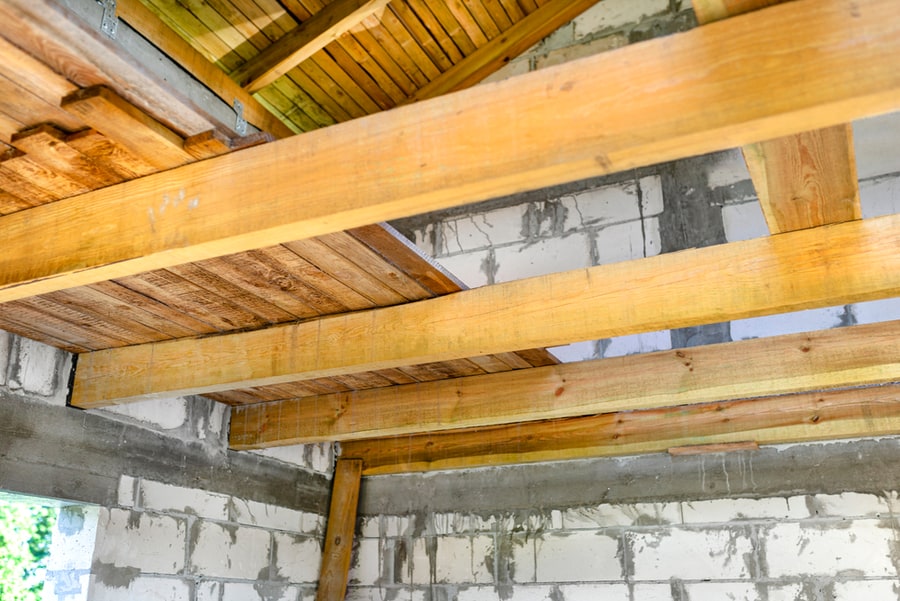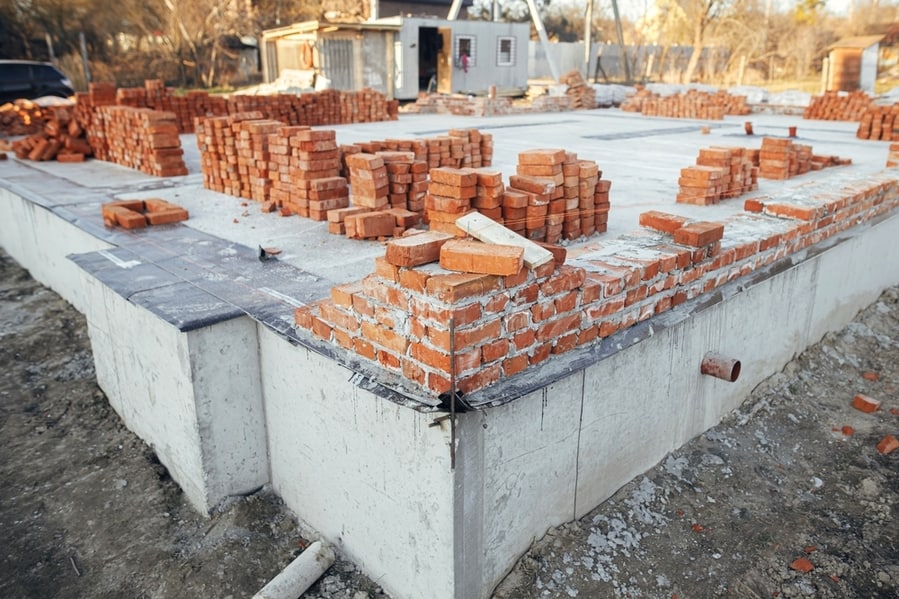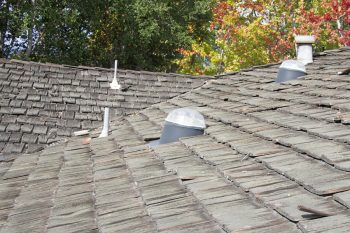
A well-built foundation is a crucial part of any home. It provides support for load-bearing and exterior walls.
Building contractors use different foundations or foundation combinations based on specific criteria like architectural design, climate, soil, moisture conditions, budget, etc.
However, open and closed foundations are the most common types contractors use. So, what is the difference between an open and closed foundation?
An open foundation has a visible open space beneath the structure. In contrast, a closed foundation is one where the structure lies on a covered concrete foundation. Open and closed foundations are similar but can also be differentiated based on the building materials.
- Open foundation: Slits, posts, pilings, and piers.
- Closed foundation: Basement and slab.
Each type of foundation is ideal for specific cases, but each has advantages and disadvantages.
This article elaborates on the differences between opened and closed foundations.
Differences Between an Open and Closed Foundation
The foundation is often the first thing that is built in any building. A lot of planning and prep work is required so the foundation can support and transmit the weight of the building to the subfloor without failing.
If you are deliberating whether to choose an open or closed foundation, this article is for you, as we will explain their main differences below:
1. Open Foundation

As the name suggests, an open foundation is a type that features an opening that goes under the building.
Generally, this opening leads into a crawl space or other openings under the floor joist. Note that an open space beneath a second story is not considered an open foundation.
Other features of an open foundation are piers, pilings, stilts, or posts. And the first floor sits above the slab, supported on piers or piles placed at mathematically engineered positions for proper load bearing.
An open foundation is an intentional space often used in areas with high water table levels or moisture/humidity problems. But while open foundations are great, they are not the safest type of foundation to have.
An open foundation gives a complete view of the house. However, the open space can create a nuisance, as trash, debris, and so on can log under. Also, there is the risk of a fire hazard, pest infestation, or animal breeding in open foundations.
2. Closed Foundation

A closed foundation is another house built directly on a concrete foundation. The house can also have a basement and crawl space.
However, in raised foundation style with a basement or crawl space, there often used to be vents positioned around the foundation to allow air.
A closed foundation house is best suited for homeowners who desire the added square footage of storage space under their homes.
A closed foundation is also more reliable in terms of strength. While they are durable, closed foundations are also quite affordable.
Sadly, a closed foundation requires an even or stable floor to lay the concrete slab. If the floor is not stable, the concrete slab could break. Also, closed foundations are not the best to use in high-humidity areas.
Factors Affecting the Selection of Open Foundation or Closed Foundation
When choosing the foundation for your home, several factors must be considered.
Some of the major factors you should look at when choosing between an open or closed foundation includes the following:
1. Soil Condition

The type of soil where you want to build the structure can make or break your foundation. For instance, gravel, rock, and loamy soil make good foundation soil.
In contrast, silt, clay, or peat are bad options because they tend to shift and change their structure with time, which can cause your foundation to crack.
When conducting soil investigation, check for the thinkers and stratum depth of subsoil, top and ground soil makeup, allowable bearing pressure, and so on.
2. Moisture/Humidity Issue

The field capacity of the soil is another crucial factor that influences the type of foundation you use. When the field capacity of the soil is too high, there is always that danger of it seeping into the foundation, which weakens it.
When choosing an ideal foundation, it is best to consider factors like the water table level, erosion on the ground, and even waterlogged ground.
3. Location of the Building

Geolocation is another factor to consider when choosing an ideal foundation. The conditions are different in different locations. For example, some locations are at the extremes regarding cold or warmth.
As such, it’s essential that the foundation you choose compliments the environmental factors.
4. Adjoining Structures

Also, you must understand your construction’s risk for any adjoining structures. For example, excavating may cause damage to the foundation of nearby structures.
Similarly, vibration and dewatering can have harmful effects and must be accounted for.
So, be sure that the type of foundation you choose is ideal for whatever adjoining structure is present.
5. Cost and Speed

Another factor that can influence your choice of foundation is the cost. As so many issues the soil can pose that will require additional material and work, you should consider how much budget you need.
So, rather than overspending to use one type of foundation, you can choose the most affordable and suitable foundation for the project.
Conclusion
Overall, the foundation is an essential part of any building. As such, the importance of a strong foundation is more than justified. However, it is vital to resolve all the issues that can make the foundation unsafe before building one.
Also, it is crucial to know the type of foundation that is ideal for your situation.
Frequently Asked Questions
What Is the Ideal Depth of a Foundation?
There are many factors affecting the depth of a foundation. But in most cases, the depth of a foundation ranges from 1m to 1.5m.
The farther down the foundation, the less prone the building will be to environmental challenges like settlement of the foundation.
Should I Have a Basement in My Foundation?
Constructing a basement is optional, although it offers several advantages. But if you prefer to have one because of the added storage space it provides, you should also remember that it can lead to several maintenance issues.
Basements are notorious for having mold, moisture, and flooding issues.










